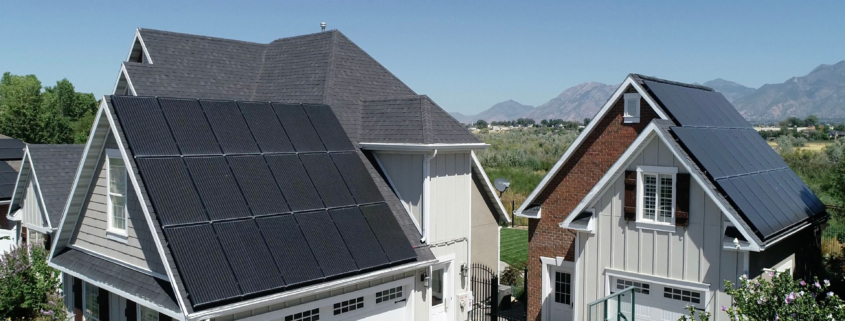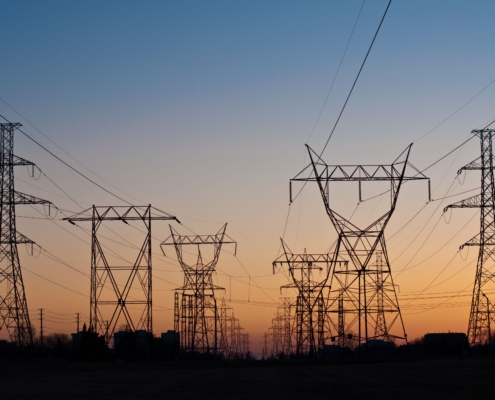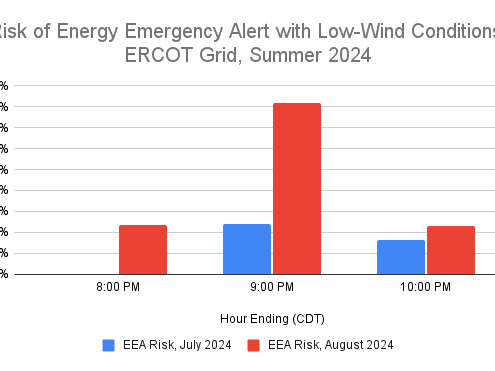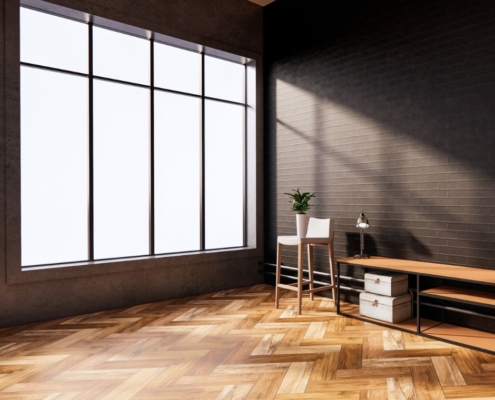Last Updated on July 8, 2022 by Mary Pressler
3 Common Misconceptions About Solar Panels
The US still gets 79% of its primary energy from fossil fuels, according to the Energy Information Administration, but solar power has emerged as the fastest growing electricity source. A major advantage of solar panels is their modular design: solar arrays of any size can be built using individual PV modules, each having a typical power rating between 300 and 500 watts.
- For example, if your home needs 7.4 kW of generation capacity to cover its electricity needs, you can use 20 solar panels rated at 370 W each.
- A nearby industrial plant might deploy 5,000 modules rated at 400 W, reaching 2,000 kW of capacity.
One system is orders of magnitude larger than the other in the example above, but both use the same building blocks. Other generation systems such as wind turbines and gas-fired power plants cannot be scaled down easily for the needs of homes and small businesses.
Before using solar panels, it’s important to understand their advantages and limitations, and here we will discuss three common misconceptions. You will achieve better results with any green technology when it’s used in the right applications and your expectations are realistic.
Solar Myth No. 1: Once I have solar panels, I can go off-grid
This idea is partially true: Your home can disconnect from the grid if your solar panels are combined with a battery system of adequate capacity, but not when using solar panels alone.
- Keep in mind that solar panels don’t generate electricity all the time, since they depend on sunshine to remain productive. This rules them out as a 24/7 generation system.
- Even when solar panels are active, they only reach full capacity for a few hours around noon. Their productivity drops in the early morning and late afternoon, and also during cloudy weather.
To go off-grid with solar panels, you need a battery system that will keep all devices running when there is no electricity generation. Stored energy is also used at times when your solar panels are productive, but your home consumption is higher than their output. The solar array must also be capable of generating enough kilowatt-hours to fully charge your battery with the sunlight available each day.
Even if you have a solar panels and a battery system, staying connected to the grid has some advantages. You can use the grid as a backup power supply if the weather is cloudy for several days in a row, and your solar array cannot generate enough electricity for your home. An off-grid solar system must also be capable of storing power for emergencies, which means it must be sized larger than a grid-tied system (making it more expensive).
Another advantage of remaining connected to the grid is participating in solar buyback programs. Surplus solar energy is wasted in an off-grid installation, but homeowners who choose to stay connected often have the option of selling those kilowatt-hours to their electricity provider. This is subtracted from your monthly bill, which means your extra generation during the day helps pay for your consumption at night.
Going off the grid is a lifestyle decision, but a grid-tied solar + battery system is often the best option financially. You can size your system to cover most of your electricity needs, and you can keep using the grid as backup.
Solar Myth No. 2: Solar panels can break easily
Solar panels are electronic devices, and this may give the wrong impression that they are fragile like smartphones or laptops. Actually, solar panels are very tough and many brands now offer 25-year product warranties. High-quality PV modules can tolerate harsh weather, extreme temperatures, and even hailstone impacts.
Let’s review the operating temperature range of some leading solar panel models, which can be checked in their technical specification sheets:
| Solar Panel Manufacturer & Model | Operating Temperature Range |
| REC Alpha Pure 400W | -40 to 185°F (-40 to +85°C) |
| Panasonic Evervolt 370W | -40 to 185°F (-40 to +85°C) |
| Silfab Elite 380W | -40 to 185°F (-40 to +85°C) |
| Q Cells Q.Peak Duo 400W | -40 to 185°F (-40 to +85°C) |
Solar panels tolerate a wide range of temperatures, and their durability has been proven in millions of installations. For example, the National Renewable Energy Laboratory (NREL) campus in Golden, Colorado was hit by a severe hailstorm in May 2017. The facility uses a solar array composed of 3,000 modules, and only one of them was damaged.
Solar panels deteriorate over time like any other device, and their power generation capacity gradually decreases year by year. However, this happens at a very slow pace when you have high-quality solar modules. You can expect them to lose 2-3% of generation capacity during the first year, and then less than 0.50% per year. In other words, a good solar panel still generates around 80-90% of its initial electricity output after 25 years.
Solar Myth No. 3: Rooftop solar panels are easy to install
An environmentally-friendly technology is not necessarily a user-friendly technology, and this applies for many types of PV modules. There are compact solar panel kits that are suitable for DIY solar projects, but a professional installation is strongly recommended for rooftop solar systems.
- The exact dimensions of solar panels depend on the brand and module, but they are normally around 5-6 feet tall, and more than 3 feet wide.
- Solar panels are also heavier than you might expect. Residential PV modules can weigh up to 50 lbs each, which means 20 of them can add half a ton of load to your roof.
Solar PV systems also involve high DC voltages, especially when many modules are wired together in a string circuit. Residential solar panels have typical voltages in the range of 30-40 V, which means 10 of them wired together can generate around 400 V. With voltages of these magnitudes, a safe and code-compliant installation is critical. Otherwise, there is a high risk of electrical faults that may damage equipment or start a fire.
Even if you manage to set up a rooftop solar system correctly, you will most likely void the manufacturer’s warranty. As mentioned above, there are solar brands who offer warranty coverage of up to 25 years, but only if their products are handled by qualified installers.











Leave a Reply
Want to join the discussion?Feel free to contribute!